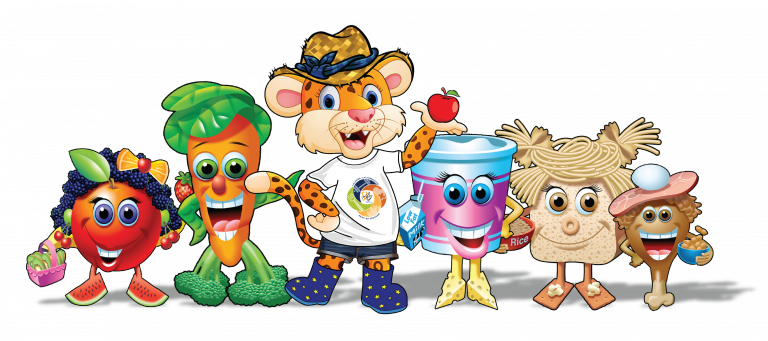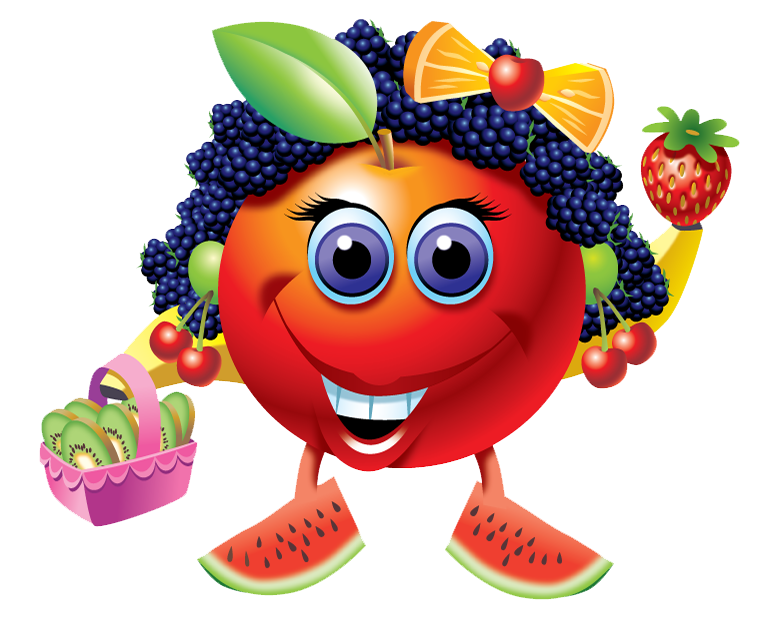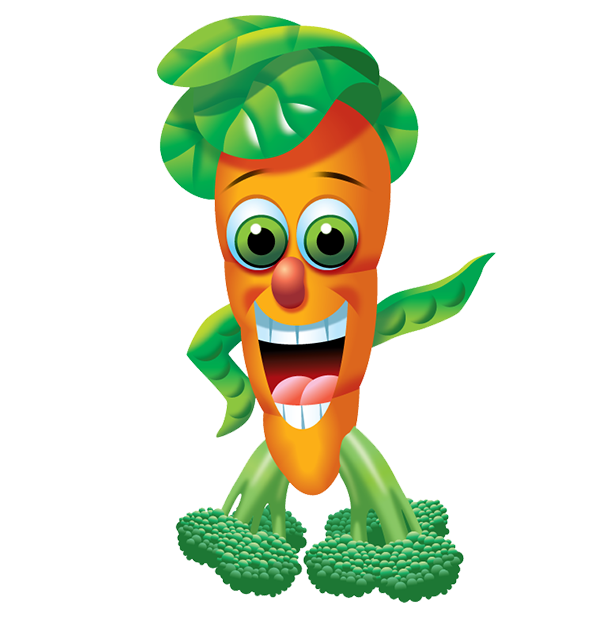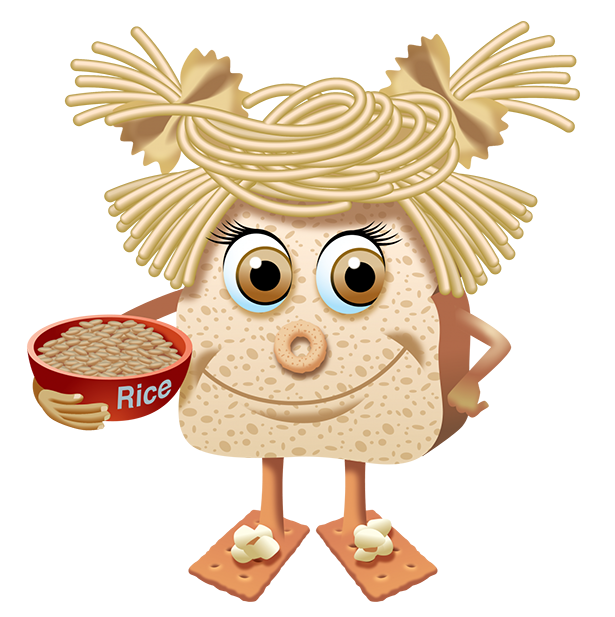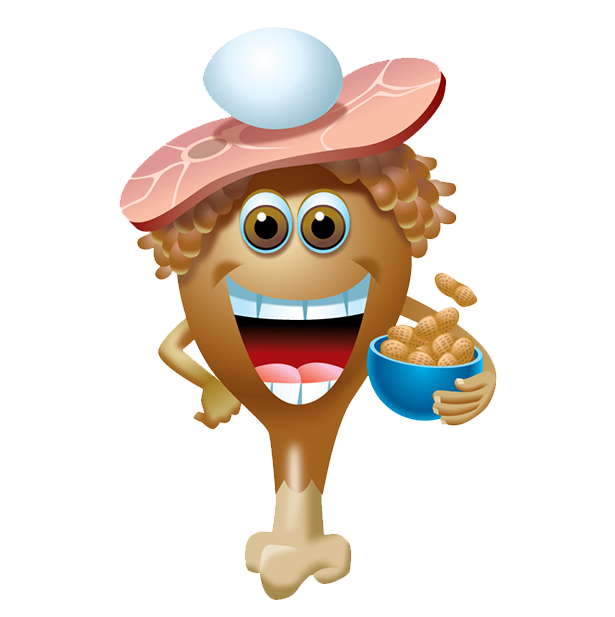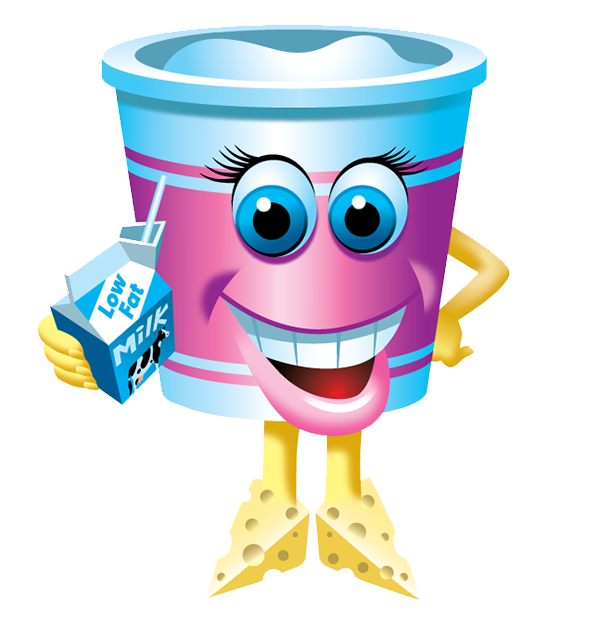Meet Farrah Fruit!
Any fruit or 100% fruit juice counts as part of the Fruit Group. Fruits may be fresh, canned, frozen, or dried; and may be whole, cut-up, or puréed.
The Fruit Group consists of apples, apricots, bananas, cherries, grapefruit, grapes, kiwi fruit, mangoes, oranges, papaya, peaches, pears, pineapple, plums, raisins, blackberries, blueberries, raspberries, strawberries, cantaloups, honeydew and watermelons.
